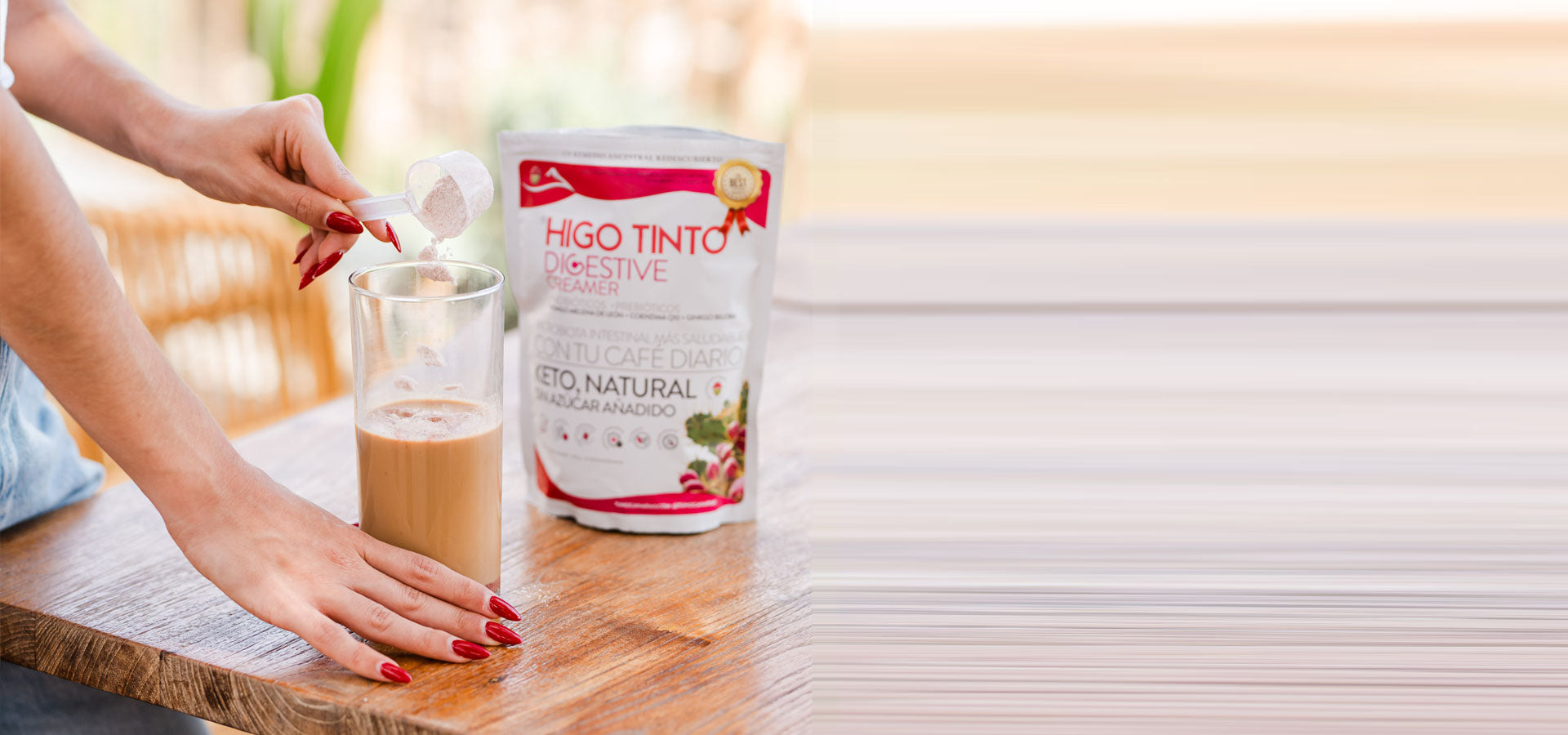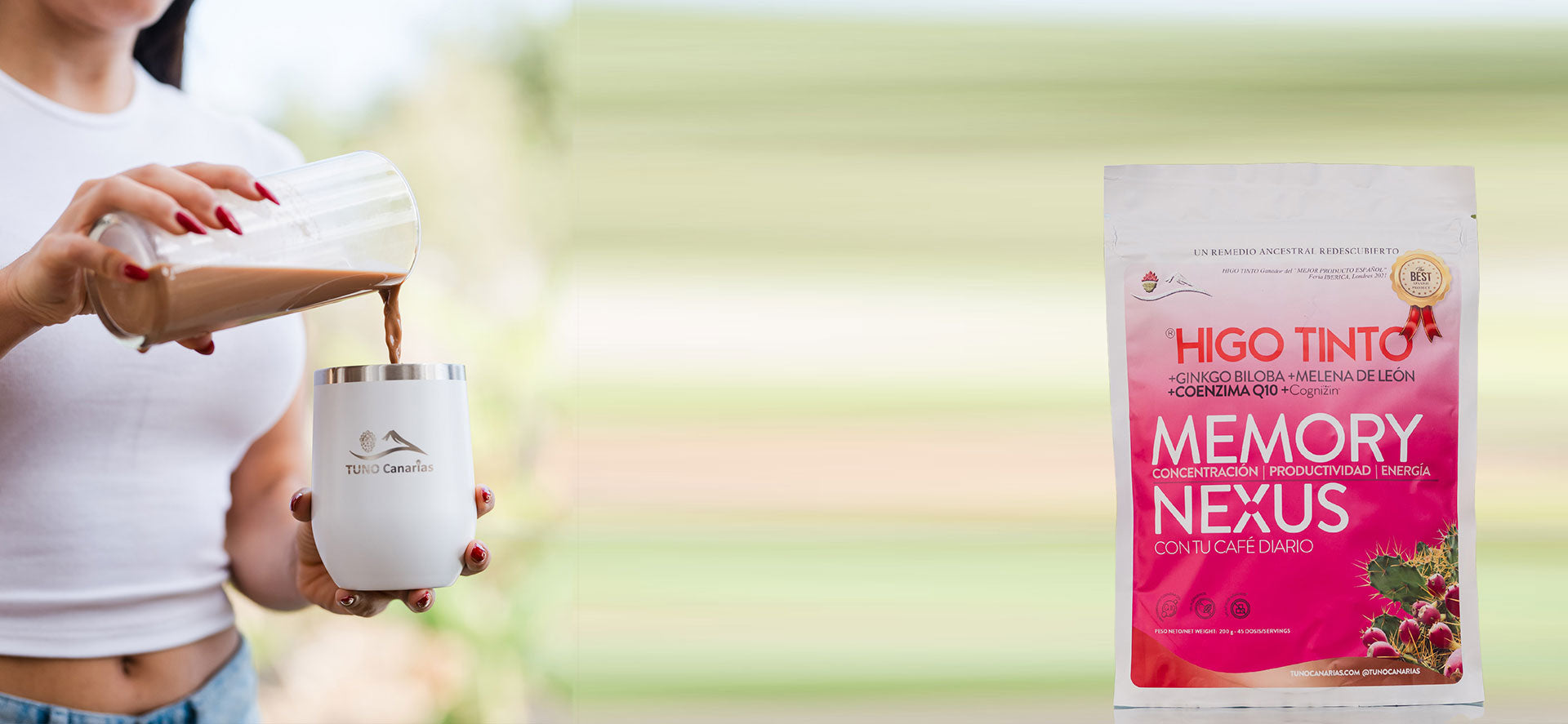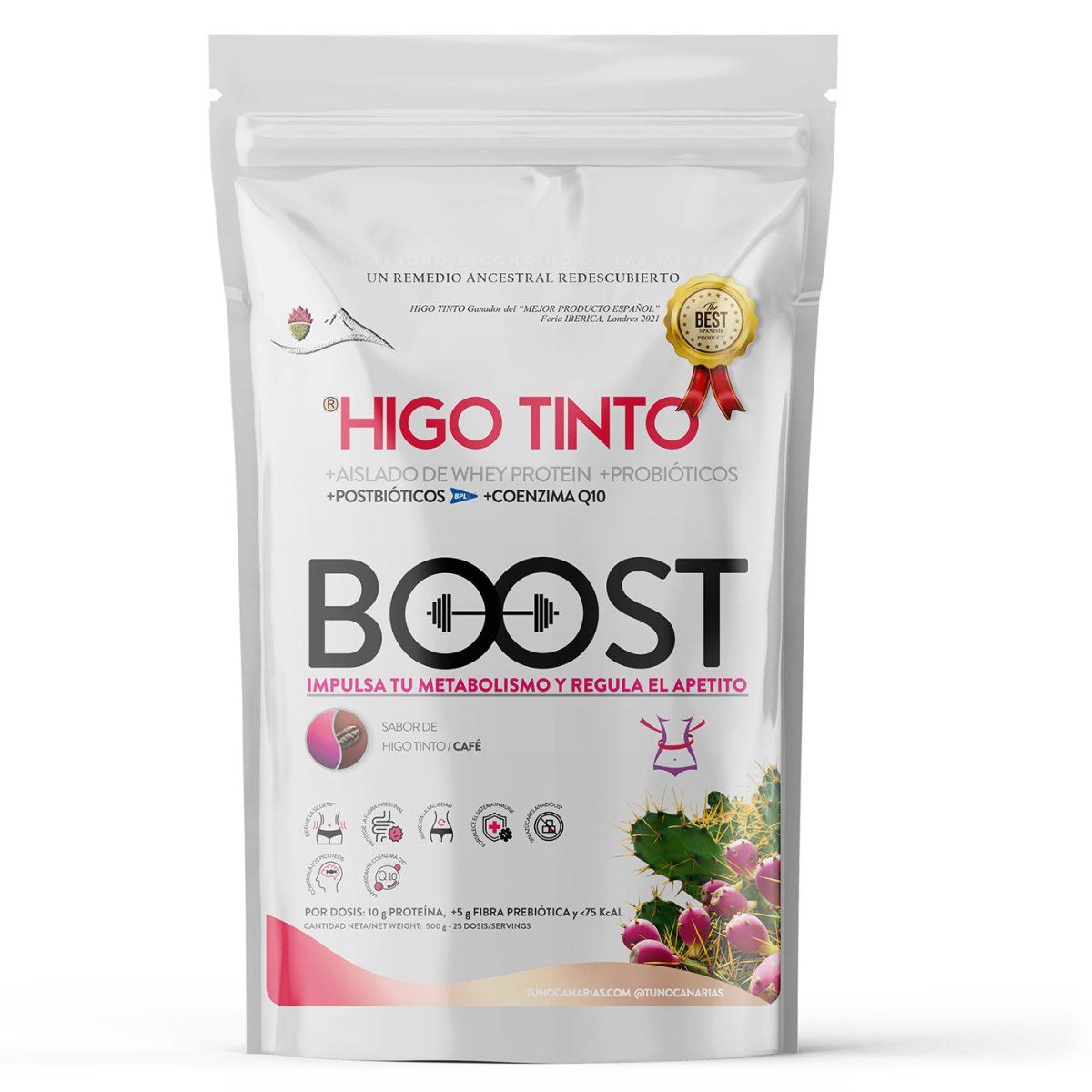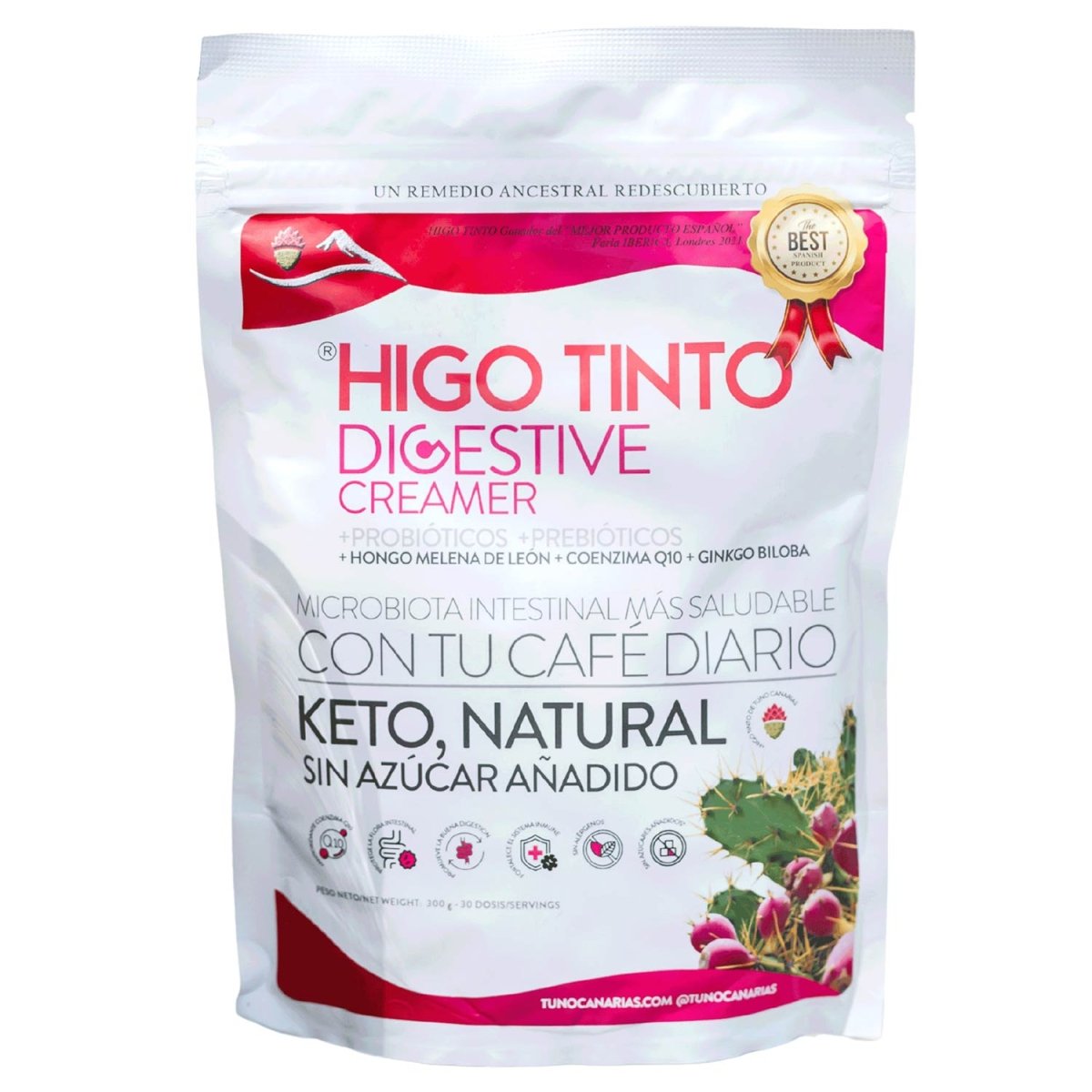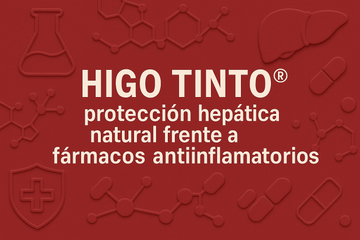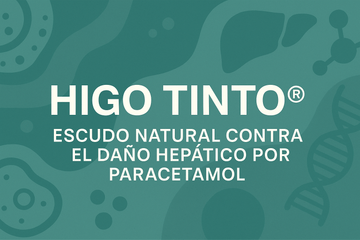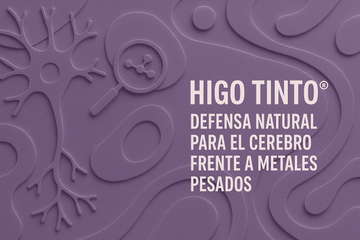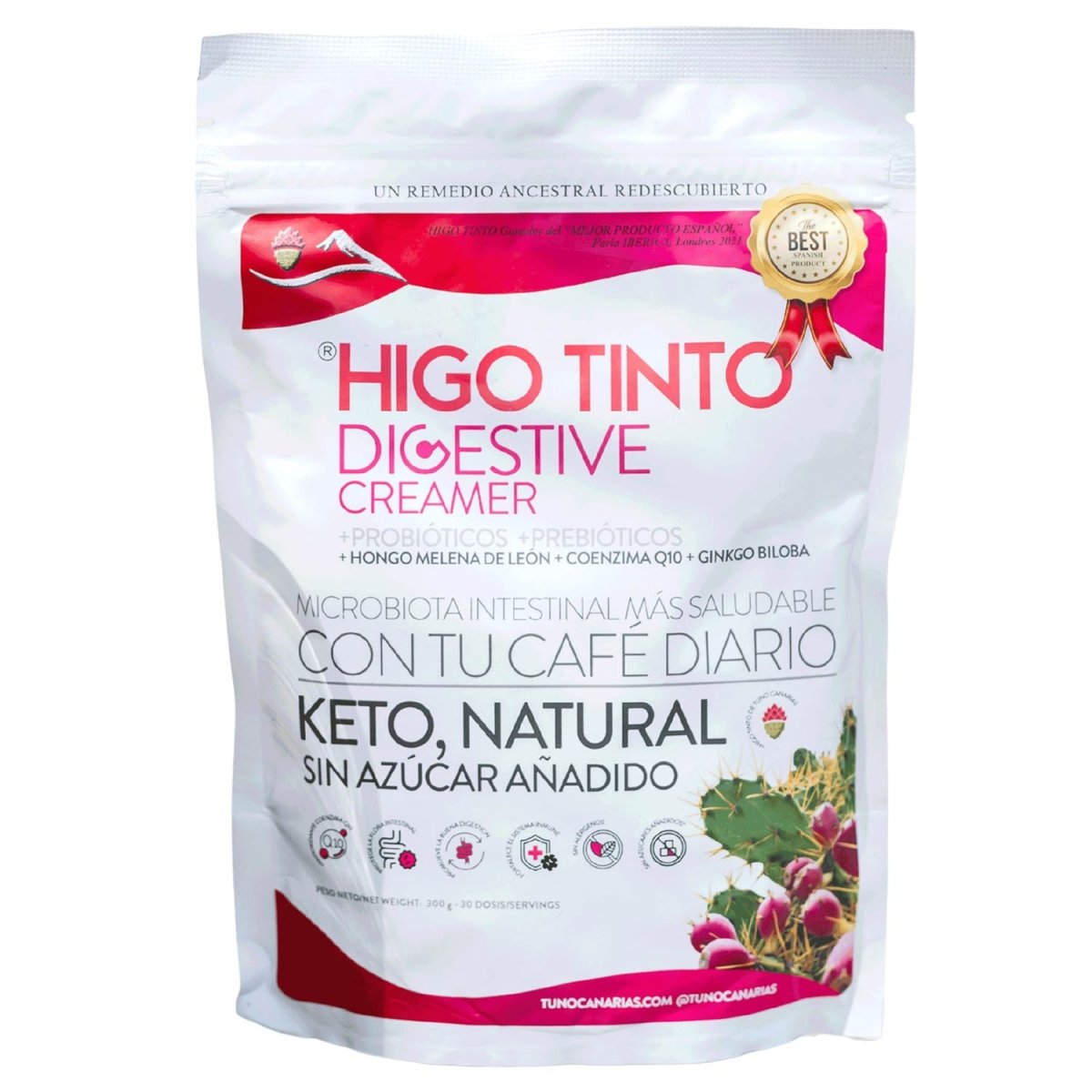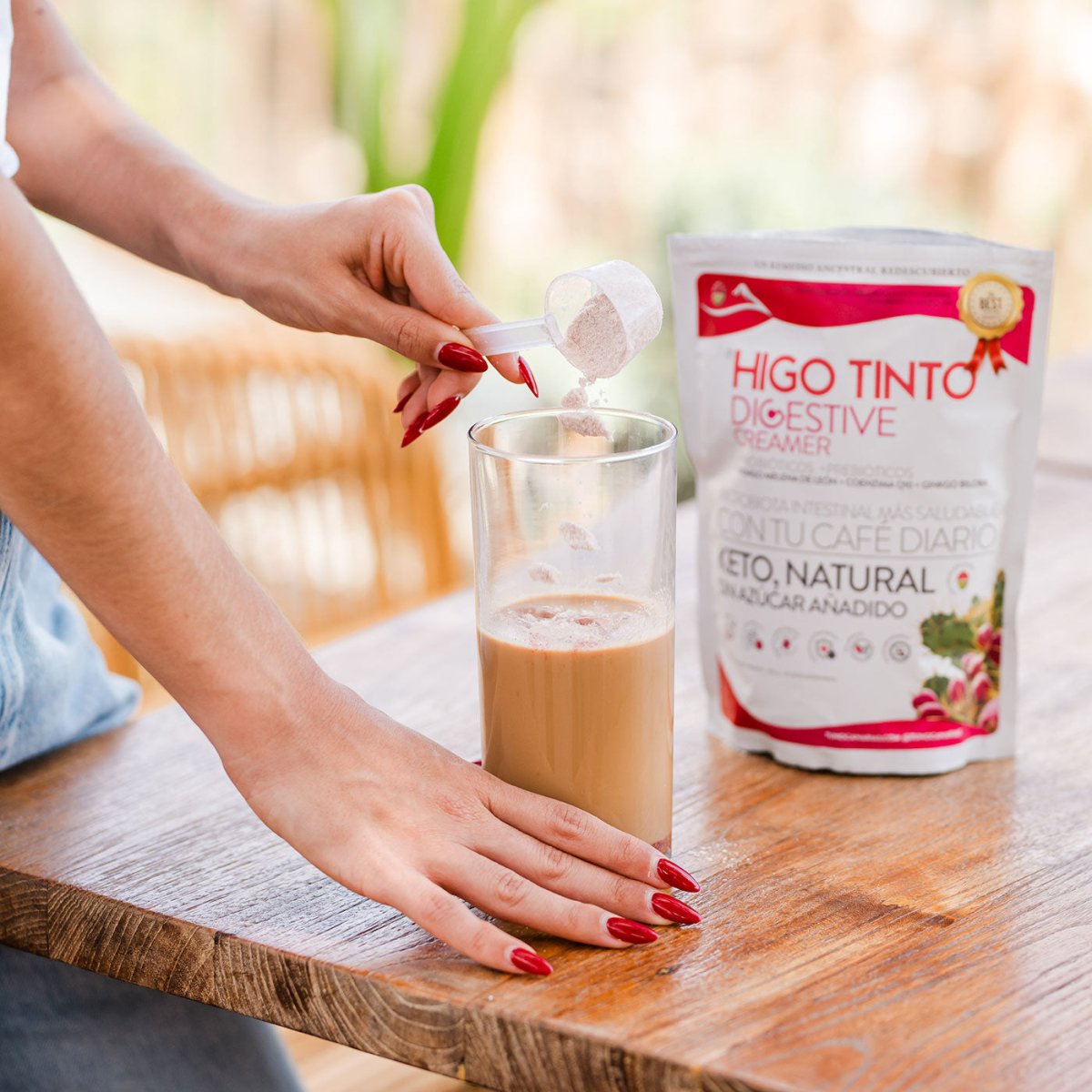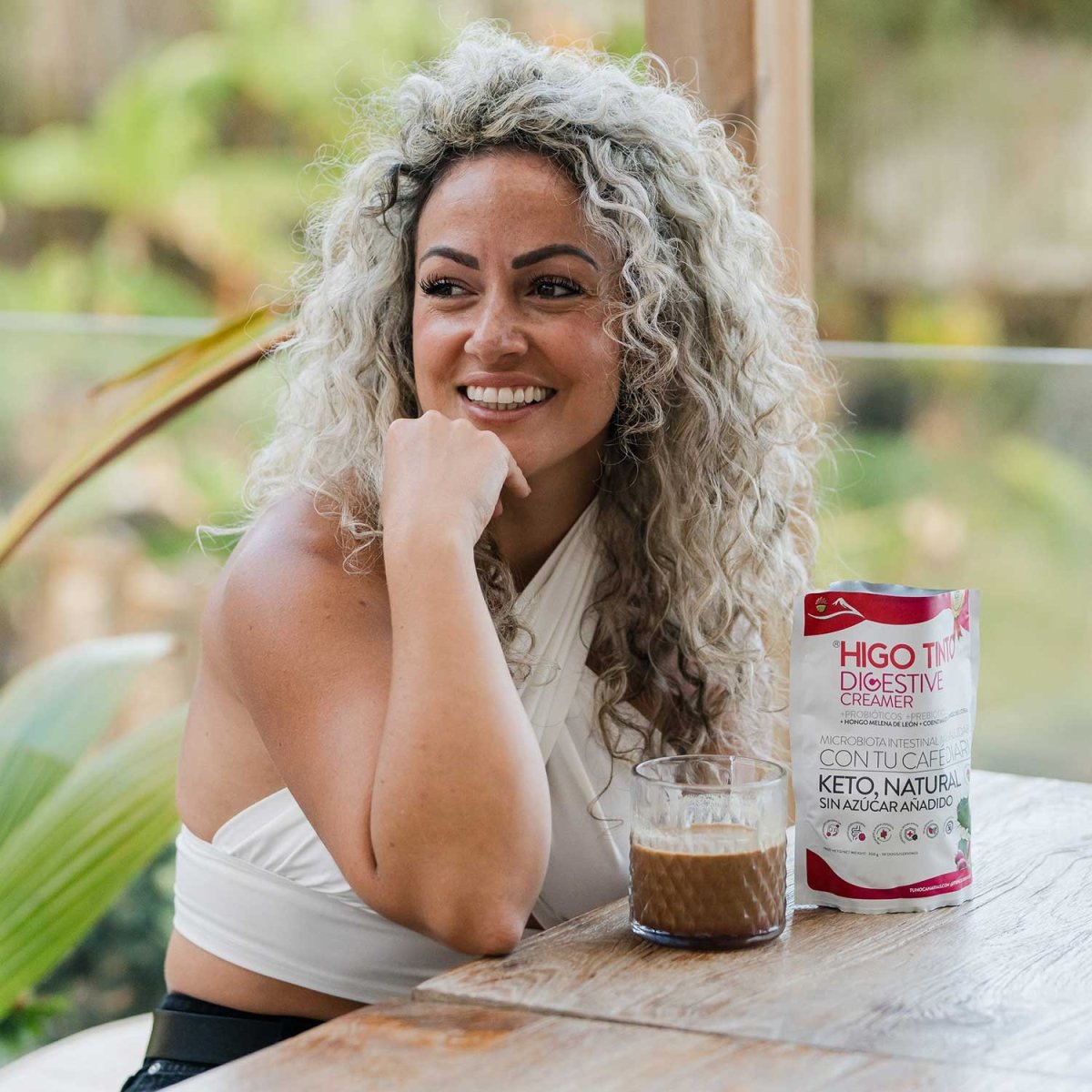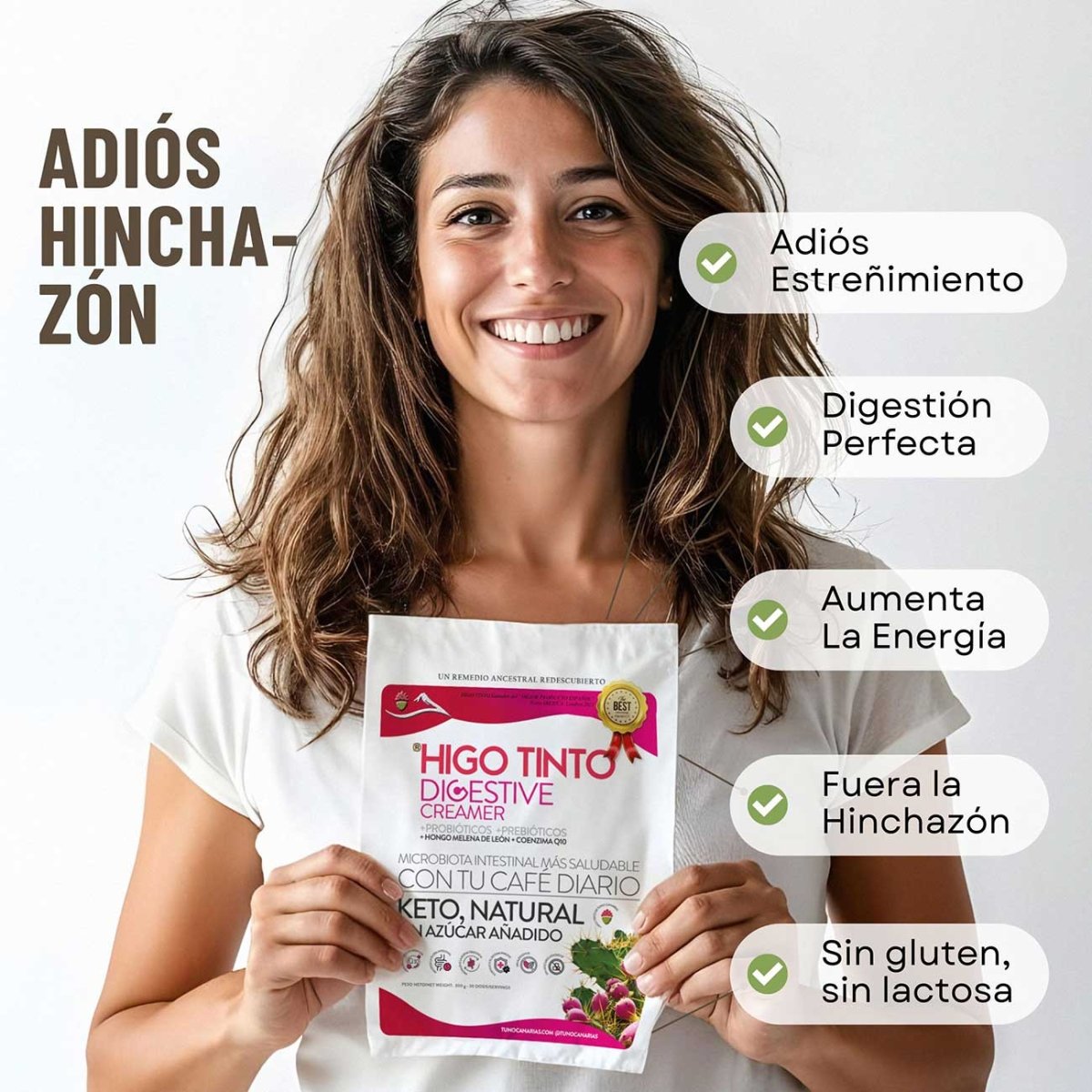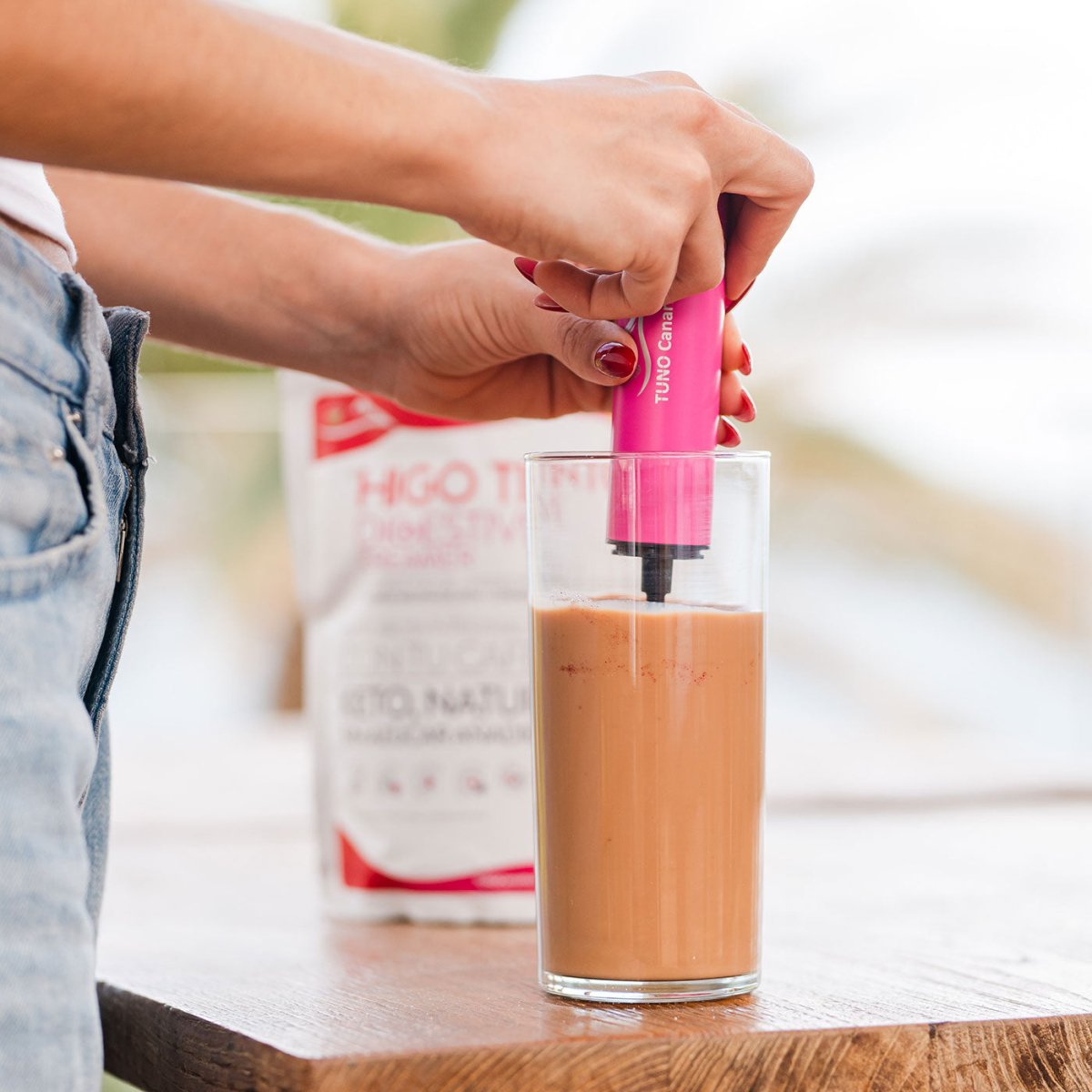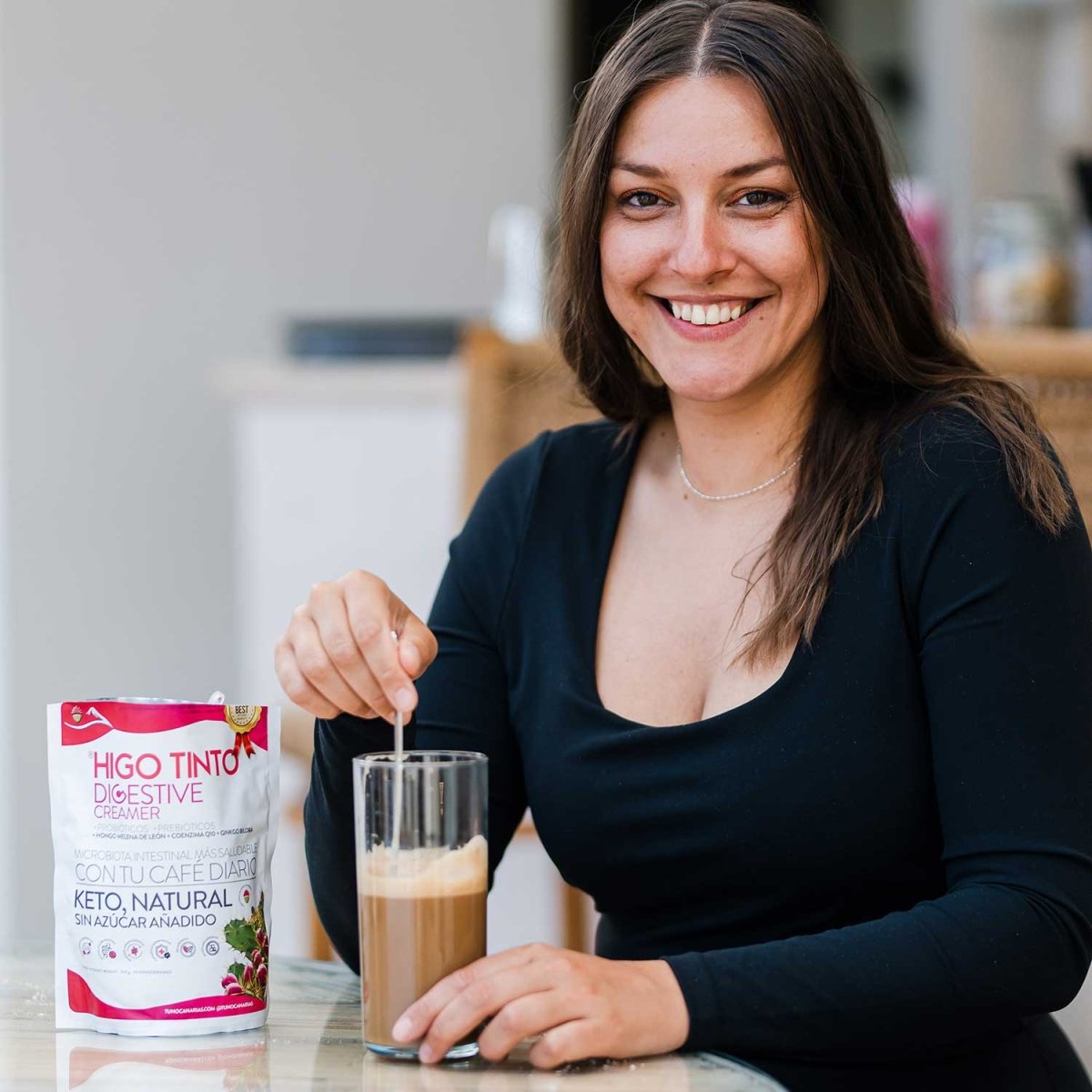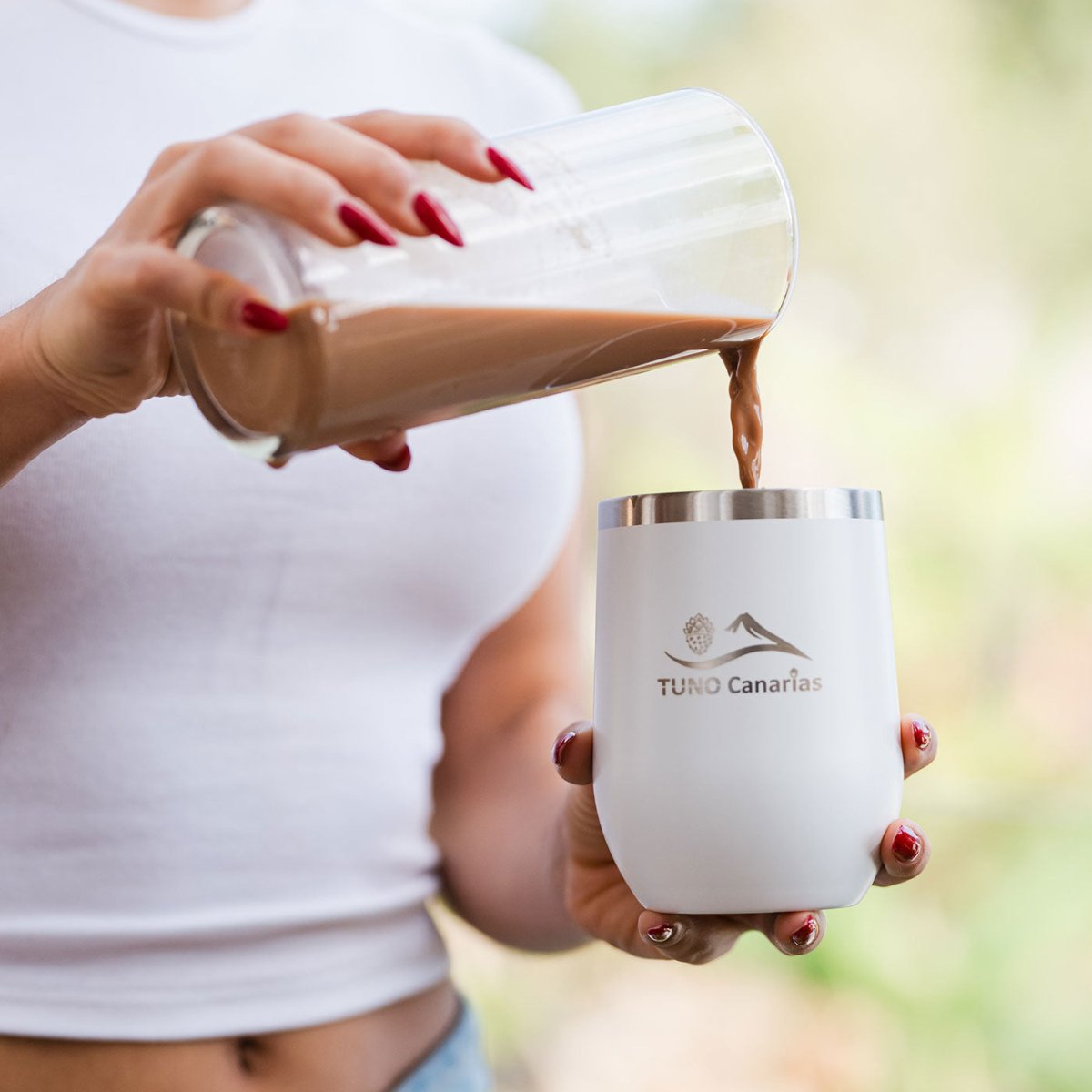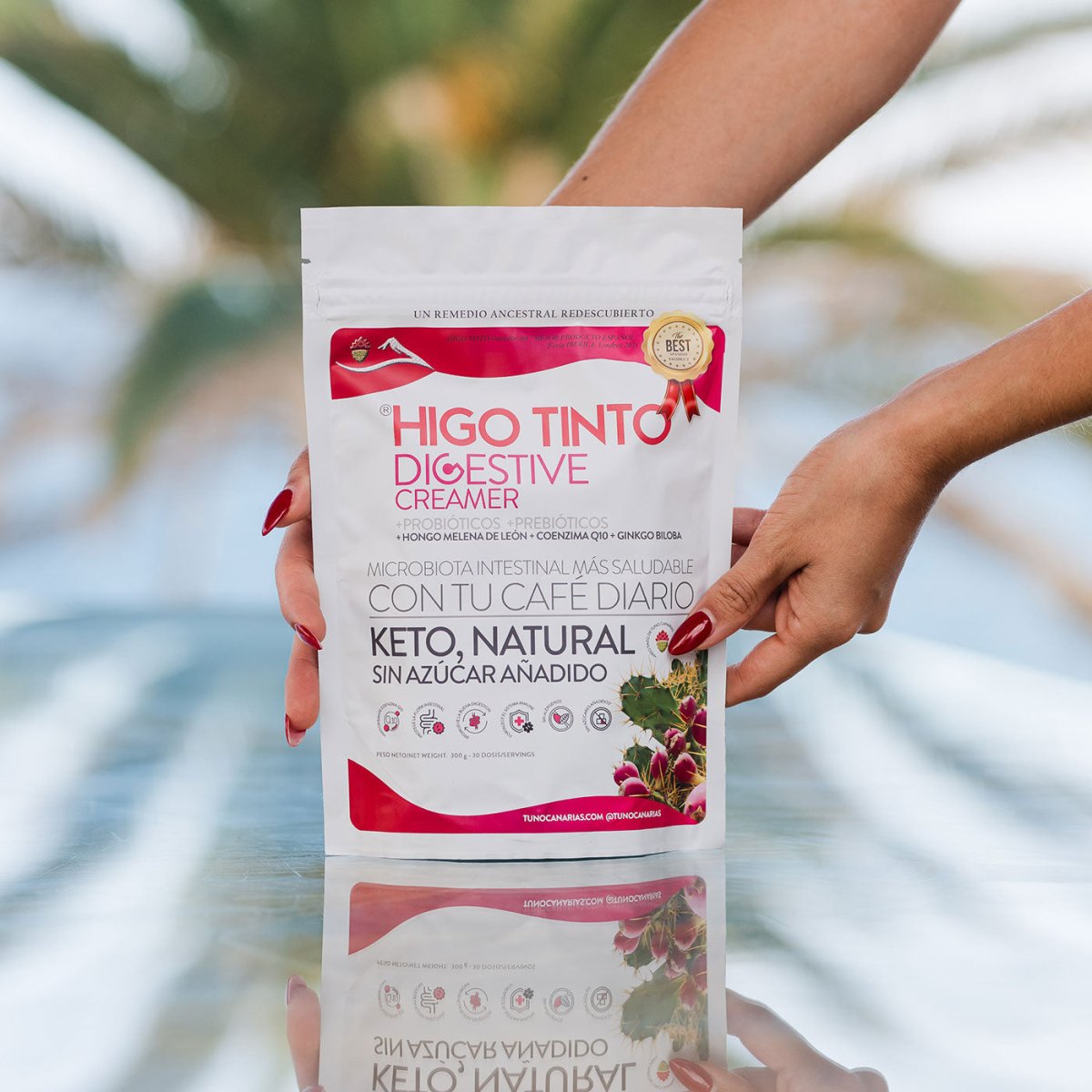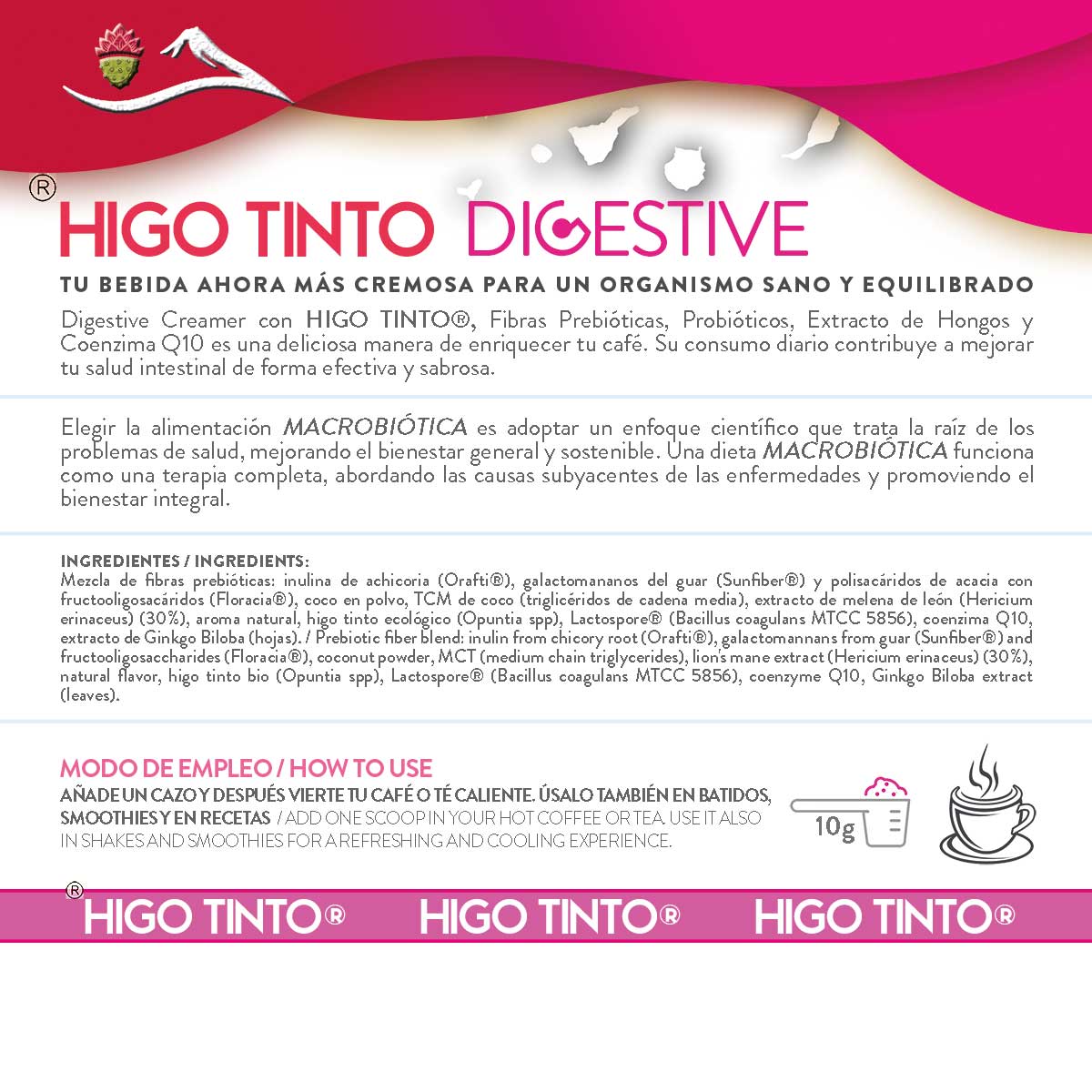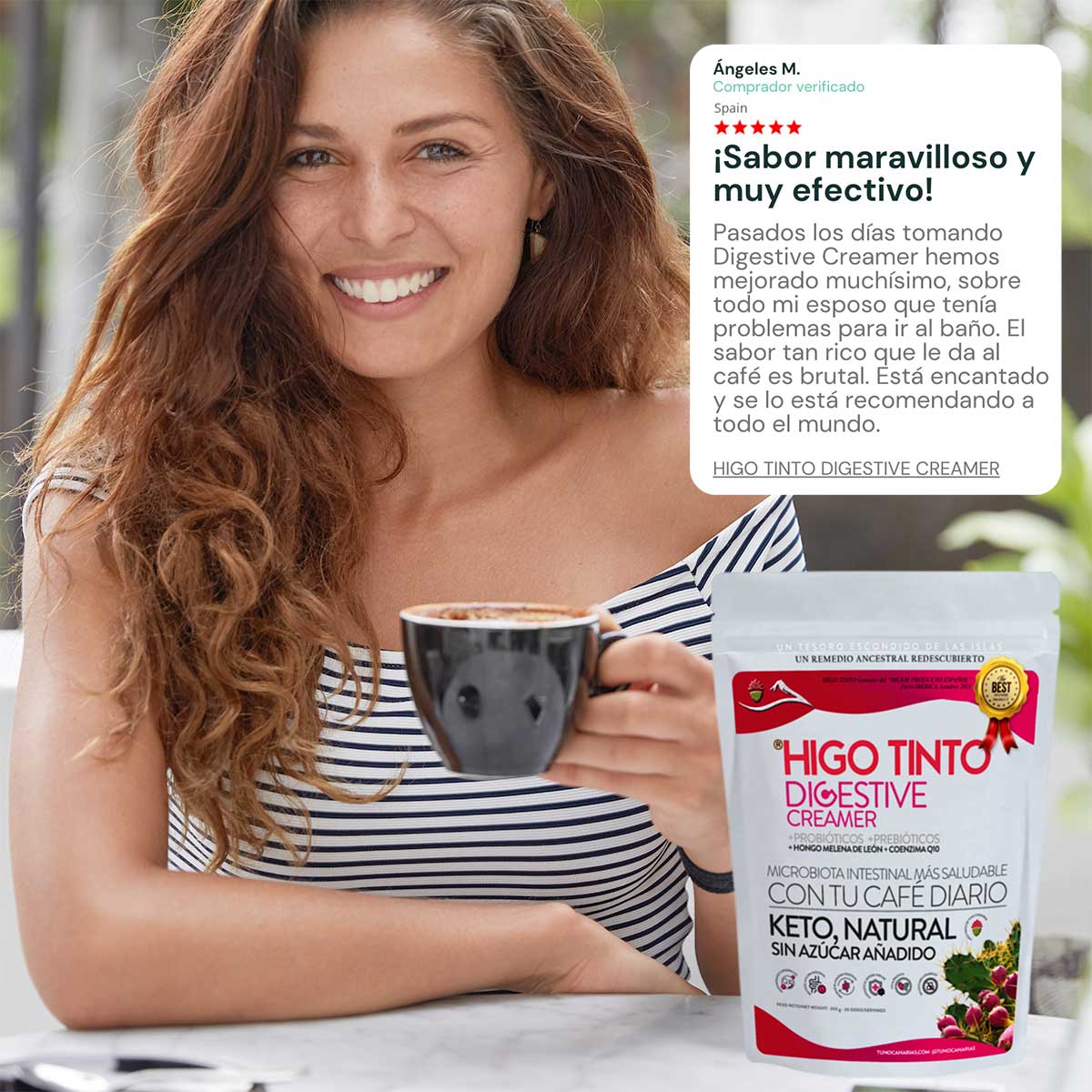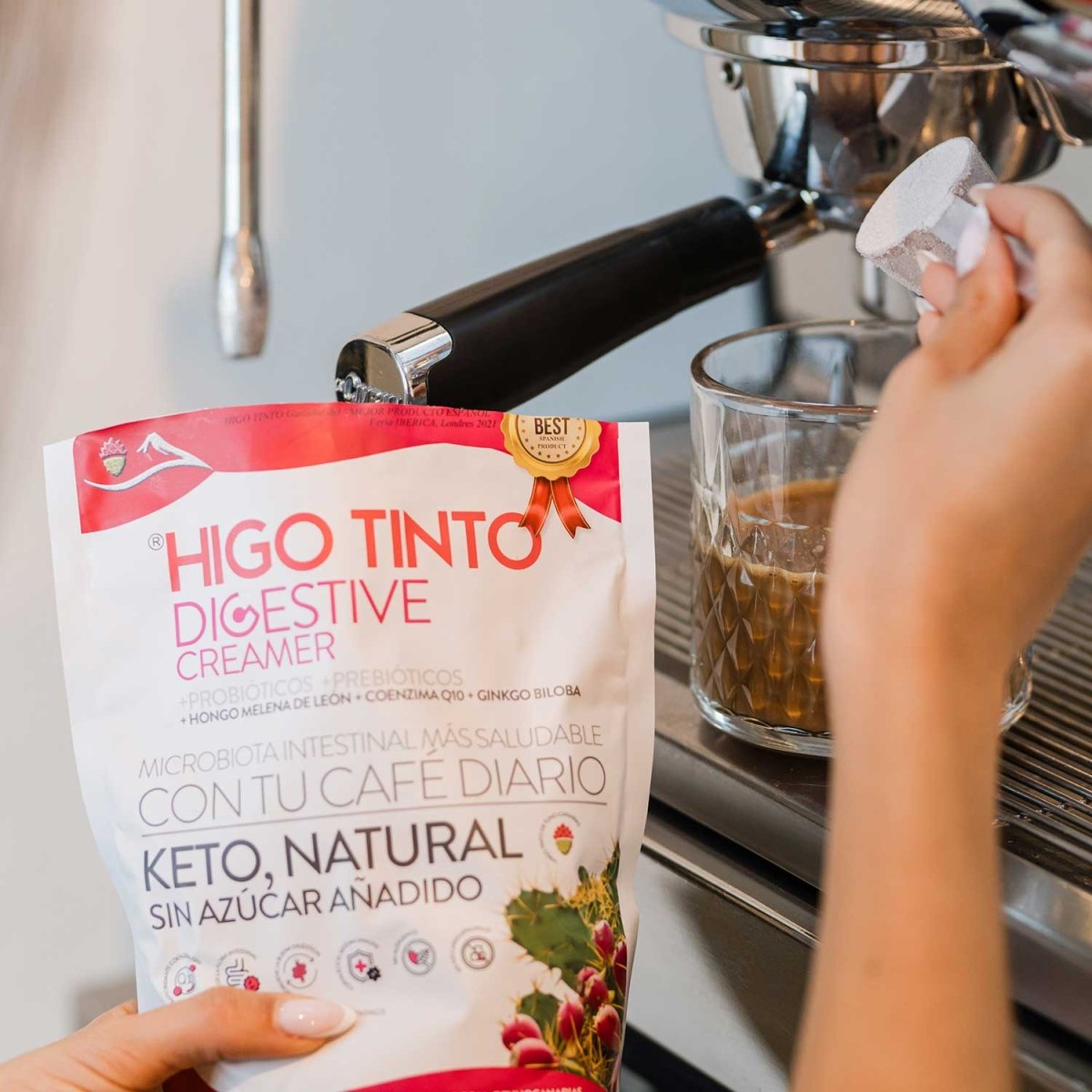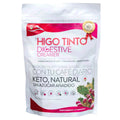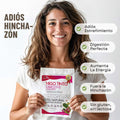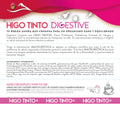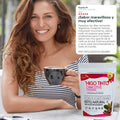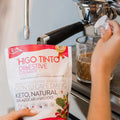2015 Apr;50(4):453-8 PMID: 26223127
WANG Yu-chunCorresponding author wych1227@163.com, QI Zhan-peng, LIU Zhen-zhong, LI Tao, CUI Hong-xia, WANG Bao-qing, CHI Na
Resumen: El objetivo de la investigación fue estudiar los efectos y mecanismos terapéuticos del polisacárido de "Opuntia dillenii Haw" (OPS)(TUNO CANARIO) en la aterosclerosis de las ratas. En primer lugar, se establecieron modelos de ratas ateroscleróticas con una dieta alta en grasas y calcio. Treinta días después, las ratas fueron tratadas con una dosis baja de OPS(HIGO TINTO) (0,2 g -kg-1-d-1) o una dosis alta de OPS(TUNO CANARIO) (0,4 g-kg-1-d-1) mediante inyección intraperitoneal durante 60 días de forma continuada. Al final del tratamiento, se prepararon anillos de aorta torácica y se determinó la vaso-relajación de la aorta torácica de rata en los distintos grupos del experimento mediante el sistema de miógrafo Multi-hilo 620M in vitro. Se recogió la sangre y el hígado de las ratas. A continuación, se determinaron por separado los niveles plasmáticos de colesterol total (CT), triglicéridos (TG) y lipoproteínas de baja densidad (LDL) de las ratas mediante un analizador bioquímico automático completo; se midió el nivel de proteínas de la apolipoproteína B (ApoB) hepática y el de la diglicérido aciltransferasa (Dgat1) hepática mediante la técnica de Western Blot. Los resultados mostraron que la capacidad de relajación de la aorta torácica de rata disminuía notablemente en el grupo modelo en comparación con el grupo normal, y que existían diferencias significativas en los índices de vasorrelajación inducidos por diferentes concentraciones de cloruro de carbamilcolina (Carb) entre estos dos grupos (P<0,01). Tras el tratamiento con OPS(TUNO CANARIO), la capacidad de relajación de la aorta torácica de rata mejoró notablemente, los ratios de vasorrelajación inducidos por el Carb a 5 y 10 μmol-L-1 fueron respectivamente 0,34 ± 0,08 y 0,62 ± 0. 15 en el grupo tratado con una dosis baja de OPS(TUNO CANARIO), mientras que los ratios inducidos por Carb a 1 y 5 μmol-L-1 fueron respectivamente 0,54 ± 0,08 y 0,98 ± 0,02 en el grupo tratado con una dosis alta de OPS(TUNO CANARIO), que fueron todos significativamente diferentes con los del grupo modelo (P<0,01). Los contenidos plasmáticos de CT(Colesterol), TG(Triglicéridos) y LDL(Colesterol malo) se redujeron significativamente con los tratamientos de dosis bajas y altas de OPS(TUNO CANARIO) en comparación con los del grupo modelo (P<0,01). El nivel de proteína de la ApoB hepática y el de la Dgat1 hepática disminuyeron significativamente tras el tratamiento con dosis altas de OPS(TUNO CANARIO) en comparación con los del grupo modelo (P<0,01). Estos resultados indican que la OPS(TUNO CANARIO) puede mejorar notablemente la vaso-relajación de la aorta torácica de las ratas ateroscleróticas y tiene un efecto anti-aterosclerótico significativo; la inhibición de la expresión de ApoB y Dgat1 y, por tanto, la disminución de las cantidades de CT(Colesterol), TG(Triglicéridos) y LDL(Colesterol malo) son uno de los mecanismos moleculares de su efecto anti-aterosclerótico.


[Therapeutic effects and mechanisms of Opuntia dillenii Haw on atherosclerosis of rats].
Wang YC, Qi ZP, Liu ZZ, Li T, Cui HX, Wang BQ, Chi N
Yao xue xue bao = Acta Pharmaceutica Sinica, 01 Apr 2015, 50(4):453-458Language:chi
PMID: 26223127
Abstract:
The research aimed to investigate the therapeutic effects and mechanisms of Opuntia dillenii Haw polysaccharide (OPS) on atherosclerosis of rats. First atherosclerotic rat models were established by high-fat and high-calcium diet. Thirty days later, the rats were treated with low dosage of OPS (0.2 g x kg(-1) x d(-1)) or high dosage of OPS (0.4 g x kg(-1) x d(-1)) by intraperitoneal injection for 60 days continuously. At the end of treatment, thoracic aorta rings were prepared and vasorelaxation of rat thoracic aorta in different experiment groups were determined by using 620M multi wire myograph system in vitro. Blood and livers of rats were collected. Then plasma levels of total cholesterol (TC), triglyceride (TG) and low density lipoprotein (LDL) of rats were separately determined using whole automatic biochemical analyzer; protein level of hepatic apolipoprotein B (ApoB) and that of hepatic diglyceride acyltransferase (Dgat1) were measured by Western Blot technique. Results showed that the ability of rat thoracic aorta to relax decreased markedly in the model group compared with that in the normal group, and significant differences existed in vasorelaxation ratios induced by different concentrations of carbamylcholine chloride (Carb) between these two groups (P < 0.01). After OPS treatment, the ability of rat thoracic aorta to relax improved markedly, the vasorelaxation ratios induced by Carb at 5 and 10 μmol x L(-1) were respectively 0.34 ± 0.08 and 0.62 ± 0.15 in the group treated with low dosage of OPS, while the ratios induced by Carb at 1 and 5 μmol x L(-1) were respectively 0.54 ± 0.08 and 0.98 ± 0.02 in the group treated with high dosage of OPS, which were all significantly different with those in the model group (P < 0.01). Plasma contents of TC, TG and LDL reduced significantly by the treatments both with low and high dosages of OPS compared with those in the model group (P < 0.01). Protein level of hepatic ApoB and that of hepatic Dgat1 decreased significantly after the treatment with high dosage of OPS compared with those in the model group (P < 0.01). These results indicate that OPS can markedly improve the vasorelaxation of thoracic aorta of atherosclerotic rats and has significant anti-atherosclerotic effect; inhibiting the expression of ApoB and Dgat1 and thus decreasing the amounts of TC, LDL and TG serving as one of the molecular mechanisms of its antiatherosclerosis effect.



